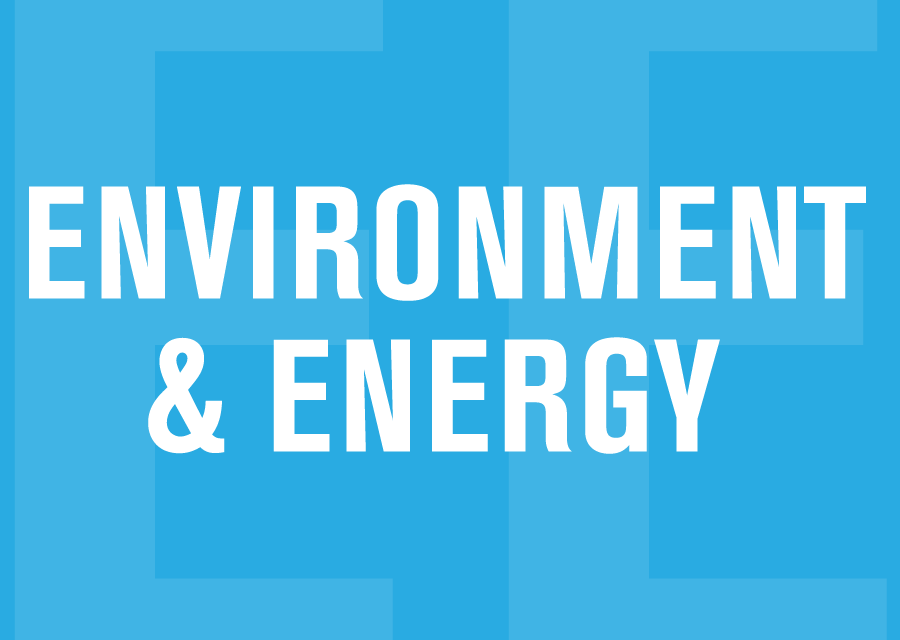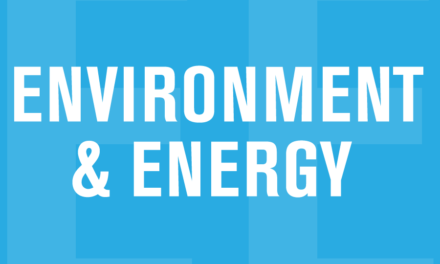Here’s a question. Who sleeps better at night?
Those who deny climate change and therefore feel no need to do anything about it?
Or those who mouth warnings about its awful impact, then deal with it in a half-baked way?
That’s the poser that hovered as I read through the on-line documents that came out of last week’s First Minister’s meeting on climate change.
The Prime Minister and the provincial and territorial leaders issued a communiqué that got the impact part right. The document proclaimed that:
“Climate change is indisputable, as are the significant impacts it is having in Canada and around the world. From increased heat waves, droughts, flooding, and thawing permafrost, changes to the earth’s climate can be seen and felt by all Canadians.”
The statement went on to talk about “improving our quality of life and building a healthy environment for our children and grandchildren.”
Good stuff, actually thinking long term about the heat waves, droughts, flooding and thawing permafrost – and not to mention melting ice caps – that could become a daily reality for our kids and grandkids.
Sadly, the plan for dealing with the dreadful future they describe is, at best, a drop in the bucket.
Pipelines first?
The problem starts with the plan’s title – “The Pan-Canadian Framework for Clean Growth and Climate Change.” Note that “growth” gets top billing ahead of “climate change.” Perhaps this is only because it rolls well off the tongue – like Gilbert and Sullivan or Wayne and Shuster. Or maybe the title honestly describes what one commentator – in the National Post of all places – has aptly suggested is a climate strategy in service of pipelines.
In other words, look like you’re making progress on climate change as a prerequisite to getting some pipelines going.
Ostensibly, the “Pan-Canadian Framework” is designed to enable Canada to meet a non-binding commitment the Harper government gave the United Nations to cut greenhouse gas emissions 30% below 2005 levels by 2030.
While in opposition the Liberals panned that target as weak, then turned around and embraced it a year ago following the hoopla and non-stop photo ops of the Paris climate change conference.
The post-Paris commitment supplanted Canada’s 2009 promise, made by the Harper government at another big international conference in Copenhagen. The Copenhagen undertaking –also deemed insufficiently ambitious at the time – was to cut emissions 17% below 2005 by 2022. Forget that one, it’s not going to happen.
And, of course the Copenhagen broken promise superseded our long forgotten 1997 Kyoto undertaking – 6% below 1990 levels by 2012. Kyoto was Jean Chretien’s big environmental moment. But instead of the 576 megatonnes (mt) envisaged by Kyoto, Canada’s emissions were 718mt in 2012, rising to 732mt in 2014, the most recent year reported. If we reach the targets agreed to last week by the first ministers we will be come in slightly below Kyoto in 2030, eighteen years late. Talk about a lost generation.
But hitting even those watered down, compromised, many-days-late and-many-dollars- short targets is one big “if.”
Carbon Price too low
Reaching the 2030 targets will mean cutting emissions by 209mt from the 2014 total and by 292mt from the 2030 projected emissions published by Environment Canada a year ago. Those projected emissions have come down a bit recently, thanks mainly to the blockbuster of a plan from Alberta’s NDP government, highlighted by a cap on tar sands emissions and a $20 a ton carbon levy. That levy goes into effect in a few weeks (unless Ezra Levant, Jason Kenny, Chris Alexander and company stage a coup in the meantime).
But even with Rachel Notley’s gutsy plan in the mix, we still need to figure out a way to cut over 200mt of carbon pollution over the next 13 years. Over the last 13 – more or less – emissions have dropped by 15mt. We obviously need to pick up our game. But absent major changes, the plan signed onto last week by the Prime Minister and 11 of the provinces and territories is shaping up as another promise that won’t be kept.
The most prominent feature of the plan is a carbon price, scheduled to begin at $10 a tonne in 2018 and rise to $50 a tonne in 2022. That would add something like a dime to a litre of gas in 2022, hardly the price signal to spur change. Most experts maintain that a carbon price of as much as $200 a tonne will be required to accomplish the GHG reductions necessary to alleviate the future of droughts, floods, thawing permafrost etc. envisaged in the communiqué.
But rather than showing momentum towards the $200 price, the first ministers put on the brakes. Instead of mapping out a path towards $200 a tonne, our leaders and their officials are going to spend their time arguing about who will be paying what at $30 a tonne.
B.C. obstructs
That detour was in response to a roadblock put up by B.C. Premier Christy Clark who has spent her time in office chipping away at her province’s reputation as a leader in fighting climate change. Clark has frozen B.C.’s carbon tax at $30 for the last five years. Now she wants to keep it there until satisfied that provinces embracing cap and trade – in particular Ontario and Quebec – are putting an equivalent price on carbon through that mechanism.
To get Clark on board, last week’s agreement included a commitment to meet again in 2020 to ensure that B.C. isn’t getting bamboozled by the cap and trade provinces. In the meantime B.C.’s ineffectual $30 carbon price will stay in place while the province pushes LNG plants that will, if built, add significantly to its GHG emissions – part of a 20 megaton increase, based on 2015 estimates from Environment Canada.
In Alberta, a carbon tax at any level is unlikely to survive unless the NDP pulls off another miracle and is re-elected. Saskatchewan is as big a carbon polluter on a per-capita basis as Alberta but unwilling to do anything much about it. Brad Wall noisily refused to sign the agreement leaving his province and its 75mt of emissions (over 10% of the country’s total in 2013) free to use the environment as a garbage dump for an indefinite period. Manitoba, a relatively minor polluter (3% of the total in 2013) also refused to sign, but that move was in an attempt to leverage a better deal on health care – something Atlantic premiers might have tried if they were not so in thrall to the Trudeau Liberals. But that’s another story.
The sad thing about last week’s climate cop-out is that except for Rachel Notley, it carries no political risk to the participants. The rise of Trump gives new life to the old argument that to stay competitive we can’t move faster than the U.S. That rationalization, along with the chestnut about how tiny our emissions are on a global scale, will continue to be used to excuse the flaccid response, and to silence dissenters.
And the First Ministers’ flimflam about sustaining the fossil fuel industry while cutting GHG emissions is a fairy tale believed by a sizeable portion of the population. A recent survey by Abacus data found that over 60% of respondents who had an opinion on the matter believed that it is possible for Canada to develop its oil resources and meet its greenhouse gas emission targets.
Time to Adapt
Thanks to the efforts of previous governments, Nova Scotians are not likely to experience any immediate inconvenience from the carbon-pricing regime emerging from the last week’s meeting. Unless those Strait area LNG plants or something similar materialize we are well under the 2030 targets.
But given what is expected in most of the rest of the country – and indeed the entire continent – the Nova Scotia government should pay serious attention to those aspects of the agreement dealing with adaptation, or as the communiqué puts it, “climate resilience”. With the federal government and the petroleum-producing provinces once again revealing their reluctance to deal with the causes of climate change, we would expect, in the interests of our children and grand children, their assistance in dealing with “the increased heat waves, droughts, flooding, and thawing permafrost” that are among its anticipated effects.
-30-




